13 Blue-Chip Stocks to Buy on the Next Dip
There’s an old Wall Street saying that goes, “Bulls make money, bears make money, pigs get slaughtered.” No one really knows who originally said it, but its meaning is clear.
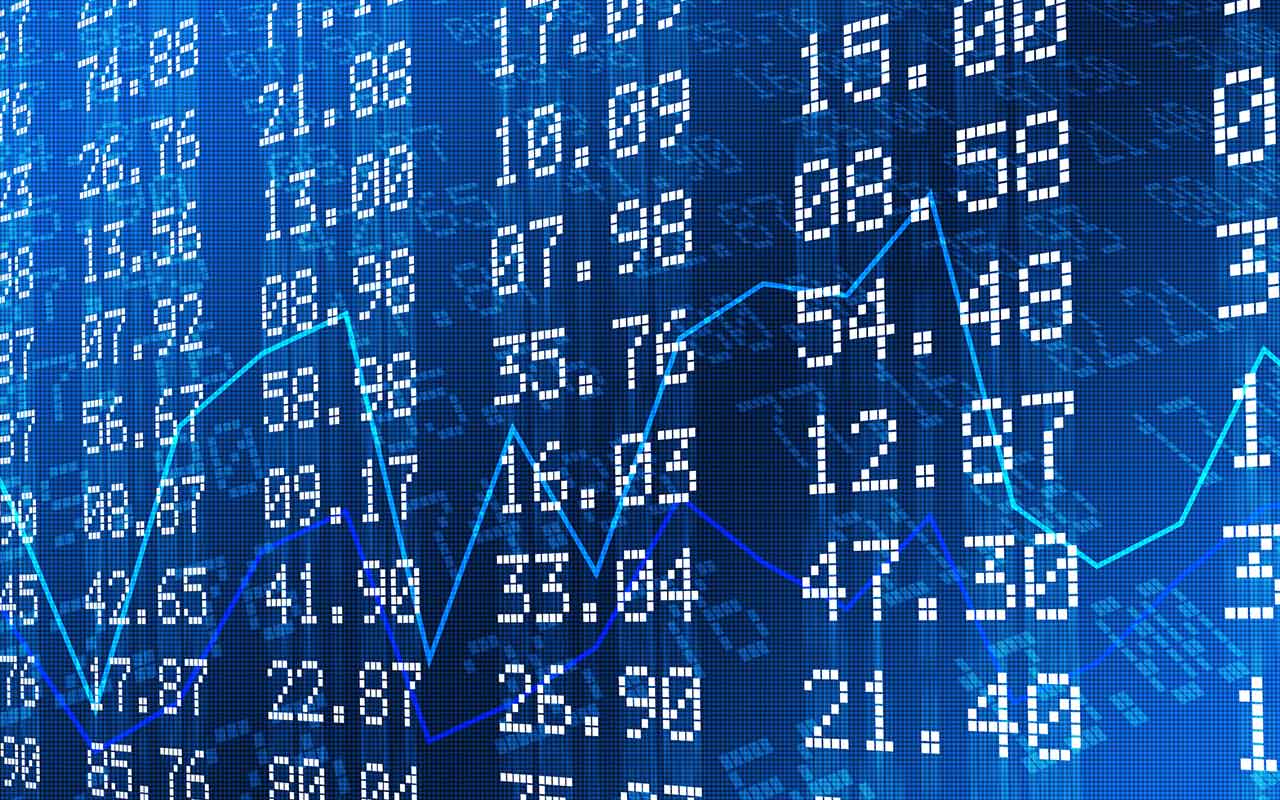

There’s an old Wall Street saying that goes, “Bulls make money, bears make money, pigs get slaughtered.” No one really knows who originally said it, but its meaning is clear. You can make money in a rising market or a falling market if you’re disciplined. But if you hunt for stocks to buy while being greedy, sloppy and impatient, things might not work out as you hope.
This is a time to be patient. We’re more than a decade into a truly epic bull market that has seen the Standard & Poor’s 500-stock index appreciate by well over 300%. While value investors might still find a few bargains out there, the market is by most reasonable metrics richly valued.
The S&P 500’s trailing price-to-earnings ratio sits at a lofty 21. The long-term historical average is around 16, and there have only been a handful of instances in history in which the collection of blue-chip stocks has breached 20. It’s expensive from a revenue standpoint, too — the index trades at a price-to-sales ratio of 2.1, meaning today’s market is priced at 1990s internet mania levels.
The beauty of being an individual investor is that you reserve the right to sit on your hands. Unlike professional money managers, you have no mandate to be 100% invested at all times. You can be patient and wait for your moment.
Here are 13 solid blue-chip stocks to buy that look interesting now, but will be downright attractive on a dip. Any of these would make a fine addition to a portfolio at the right price. And should this little bout of volatility in May snowball into a correction or proper bear market, that day might come sooner than you think.
Disclaimer
Data is as of May 27.

Amazon.com
- Market value: $897.7 billion
Let’s start with what is arguably the most influential company of the past 25 years: internet retailer Amazon.com (AMZN, $1,823.28). Amazon didn’t invent online commerce, but it certainly brought it into the mainstream. It started out as a humble online bookstore, but today, Amazon is effectively the “everything” store and has all other retailers scrambling to catch up.
Of course, Amazon is not just retail anymore. The company also has changed cloud computing as we know it via its Amazon Web Service platform. Moreover, it’s building out a logistics and shipping empire, and it competes head-on in streaming content with industry leader Netflix (NFLX). It seems there is no corner of the economy that Amazon isn’t busily disrupting.
Given that Amazon is the defining company of our era, you could argue that buying it now, even at today’s prices, is reasonable. Warren Buffett’s team certainly seemed to think so, as Berkshire Hathaway (BRK.B) initiated a new position in Amazon last quarter worth nearly a billion dollars. After all, despite the company’s gargantuan size, it’s still growing its annual revenues at a 17% annual clip, and it more than doubled its quarterly earnings in Q1.
All the same, it might pay to wait. This is understandably a widely owned stock, but should the market continue to be wobbly, AMZN might experience an exodus of weaker, less committed holders. The stock lost nearly a third of its value during the final-quarter selloff of 2018 thanks largely to broad market volatility. That proved to be a great buying opportunity — so keep Amazon on your list of stocks to buy the next time we get a similar dip.

Walt Disney
- Market value: $238.7 billion
As with Amazon, Walt Disney (DIS, $132.79) is a blue-chip stock you would likely do just fine buying now, even at today’s prices.
Disney owns the most valuable collection of programming on the planet. It owns Marvel Studios, whose recent Avengers: Endgame blockbuster has grossed $2.6 billion worldwide and is creeping up on Avatar as the top-grossing movie of all time. Disney also owns the Star Wars franchise, which should score another major box-office haul when Episode IX: The Rise of Skywalker releases later this year.
These two movies alone would make any other studio’s year. Yet Disney also has a Toy Story sequel, a Frozen sequel and a Lion King reboot coming later this year, on top of nearly two dozen other movies.
The thing is, movies aren’t an ideal business — they’re expensive to make, and the revenues tend to come in a big lump on the release. But that’s OK, because Disney is a diversified media conglomerate whose operations also include several TV channels (including sports network ESPN), its theme parks, merchandise ... and later this year, a Netflix-like streaming service called Disney+.
Half of Americans aged 22 to 45 watched literally zero cable TV in 2018. They still absorbed content — they just did it via streaming services such as Netflix, Hulu and Amazon Prime. Disney will enter this arena later in 2019 and likely will become a major competitor the moment it launches.
Disney isn’t prohibitively expensive by any means, trading at nearly 21 times analysts’ estimates for next year’s earnings. But if Disney were to drop a good $10 to $15, putting it back at early April levels, it would be an outright steal.
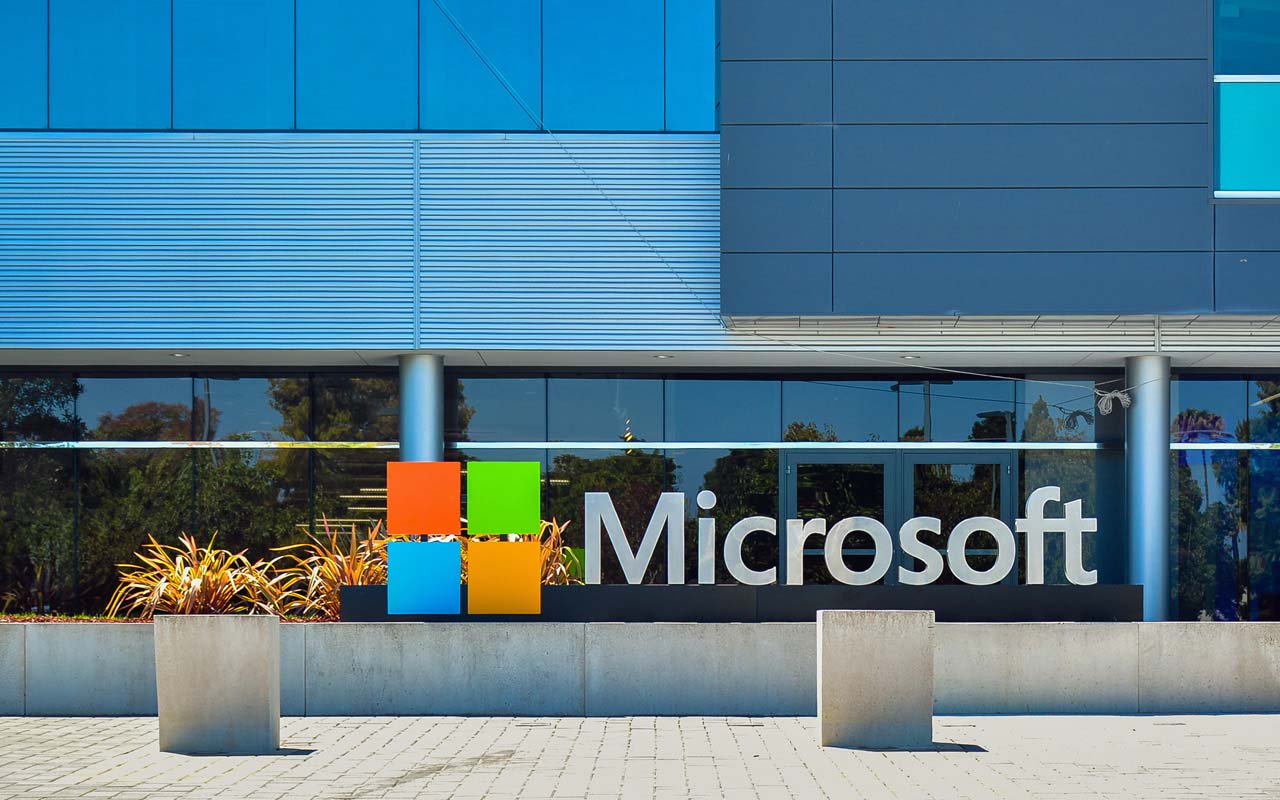
Microsoft
- Market value: $967.4 billion
Back in 2007, as Apple (AAPL) was launching the iPhone and Microsoft (MSFT, $126.24) was languishing in the stagnating PC era, few people imagined Microsoft would ever become the world’s most valuable company again.
But that was before Microsoft embraced cloud computing with gusto. Microsoft still is the world leader in operating systems and office productivity software. But it has leveraged the cloud to turn that productivity software into a lucrative subscription business. But its booming Azure cloud business has turned the company into a growth darling again, allowing it to reclaim the title of the world’s most valuable company.
Amazon’s AWS remained the dominant cloud leader with nearly a third of the total market as of the end of 2018. But Microsoft was solidly in second place, with 16.5% of the market, and its Azure is expanding at a faster clip. Amazon’s AWS posted very impressive 46.3% growth last year, but Microsoft’s Azure grew at a blistering 75.9% clip.
Given Microsoft’s longstanding relationships with corporate and government IT departments, don’t be surprised in Azure is nipping at AWS’s heels in another couple years.
But as quickly as Microsoft is growing, this is by no means a cheap stock. MSFT trades at a lofty 28 times trailing earnings and 25 times future earnings estimates. Rather than chase this one higher, you might be better off waiting for a pullback.
MarketWatch columnist Mark Hulbert crunched the numbers back to 1980 and found that the largest S&P 500 stock (by market value) at the end of each year went on the underperform the blue-chip index over the following 12 months by a full 4 percentage points on average. It could be different this time, but history suggests it’s better to be patient here.

McDonald’s
- Market value: $151.7 billion
- McDonald’s (MCD, $197.77) has a well-deserved reputation as a survivor. Its food isn’t particularly good. There certainly are tastier burgers to be found elsewhere, and there certainly are far trendier places to eat.
Yet while many of its competitors have risen or fallen over the decades, McDonald’s has managed to survive and thrive because it constantly adapts. The company is willing to shake up its menu every few years and get in front of customer trends. It proved this most recently with its successful launch of all-day breakfast in 2015.
McDonald’s management also was smart enough to read the handwriting on the wall regarding worker pay. Fast-food restaurants are at the front line of the “fight for $15” movement, which aims to raise the minimum wage to at least $15 per hour. To combat the risk of rising labor costs, McDonald’s has invested heavily in in-store ordering kiosks and mobile ordering, both of which significantly reduce labor needs and make the ordering process more streamlined.
All the same, while the burgers are affordable, MCD’s stock price is looking a bit rich. The shares trade for 26 times earnings and 23 times estimates on future profits, valuing McDonald’s more like a tech stock than a burger chain.
Put McDonald’s on your list of blue-chip stocks to buy at lower altitudes. A drop of $40 to $50 would put MCD at mouth-watering prices, though it would require a lot of help from the broader market. But even a modest dip would make McDonald’s shares much more palatable.
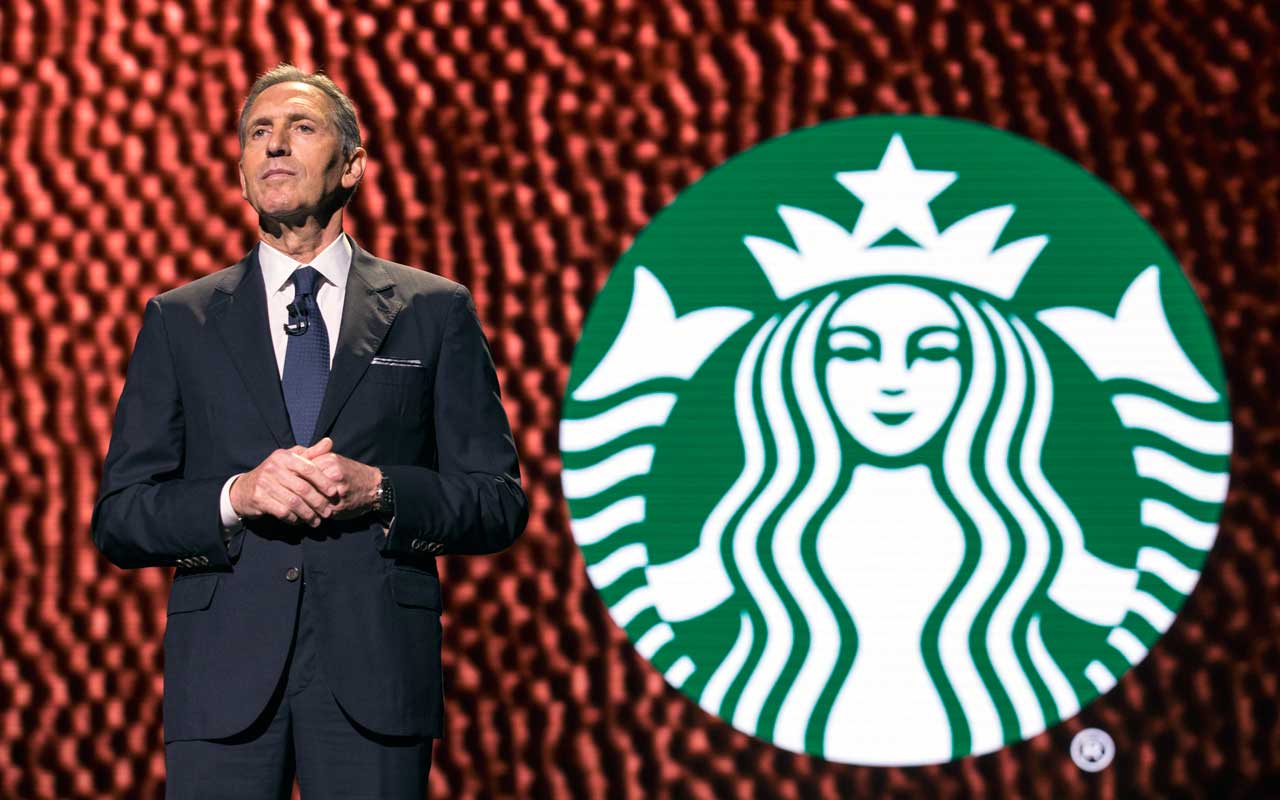
Starbucks
- Market value: $92.2 billion
Other than McDonald’s golden arches, perhaps no other food service logo is more iconic than that of Starbucks (SBUX, $76.15). As of the end of last quarter, the chain had surpassed 30,000 stores globally, giving it the third-most locations of any food service company in the world. That’s significantly more than KFC’s approximately 23,000 locations and within striking distance of No. 2 McDonald’s, which has more than 36,000. (For the trivia buffs out there, Subway is the undisputed king with more than 42,000.)
Give it another couple years, and Starbucks might actually surpass McDonald’s. Last quarter, SBUX reported a 7% increase over the previous year in its number of stores globally.
Importantly, Starbucks isn’t just growing by spreading — it also continues to find ways to improve its same-store sales. In its most recent quarter, same-store sales were up 3% globally, including 4% in American stores — almost unbelievable given the maturity of the U.S. market.
Starbucks has become more than a place to buy caffeine. It’s a place to meet a friend or date. It’s a place to do a business deal, or for the aspiring entrepreneur, a makeshift office. It has become an indispensable part of the landscape, and as a result, SBUX makes sense to own in a long-term portfolio.
But given that it’s priced at 33 times trailing earnings, don’t rush to buy it today. Wait for a 10% to 20% pullback, which has been a common occurrence even during the stock’s higher-growth periods.

Berkshire Hathaway
- Market value: $494.7 billion
Over the long course of Warren Buffett’s career, his Berkshire Hathaway (BRK.B, $201.69) has come to be synonymous with quality. Apart from its portfolio of blue-chip stocks — which includes large positions in Apple, Coca-Cola (KO) and Bank of America (BAC), among others — Berkshire owns a vast collection of privately held businesses covering everything from furniture to candy to insurance.
Berkshire Hathaway has been a money-making machine over its life. Between 1965 and 2018, Berkshire grew its book value by an astounding 1,091,899% and its share price by 2,472,627%. To put that in perspective, the S&P 500 increased a comparatively paltry 15,019%. Looking at annual numbers, Berkshire Hathaway’s share price has grown at a compounded annual rate of 20.5% per year, which is more than double the 9.7% produced by the S&P 500 over the same period.
It’s not realistic to expect those kinds of returns going forward, of course. To start, Mr. Buffett won’t be with us forever. He’s 88 years old, and his partner Charlie Munger is 95.
But even more critically, Berkshire Hathaway is a much bigger company than it was in 1965. Back then, Buffett could be nimble. Today, Berkshire Hathaway is the fifth-largest stock in the S&P 500 by market cap, worth nearly half a trillion dollars. At that size, the number of deals you can do that would have a meaningful impact on returns gets a lot smaller.
So, while Berkshire Hathaway is a financial powerhouse that likely will be alive and well decades after Mr. Buffett has left this world, it doesn’t make sense to pay a large premium for it today.
Were BRK.B to fall a good 15%, that would take its price-to-book-value ratio to about 1.1. That’s below the 1.2 ratio threshold that Buffett originally set when he authorized repurchases a few years ago (he has since relaxed that threshold). If Buffett himself considers Berkshire a deal at those levels, we should too.
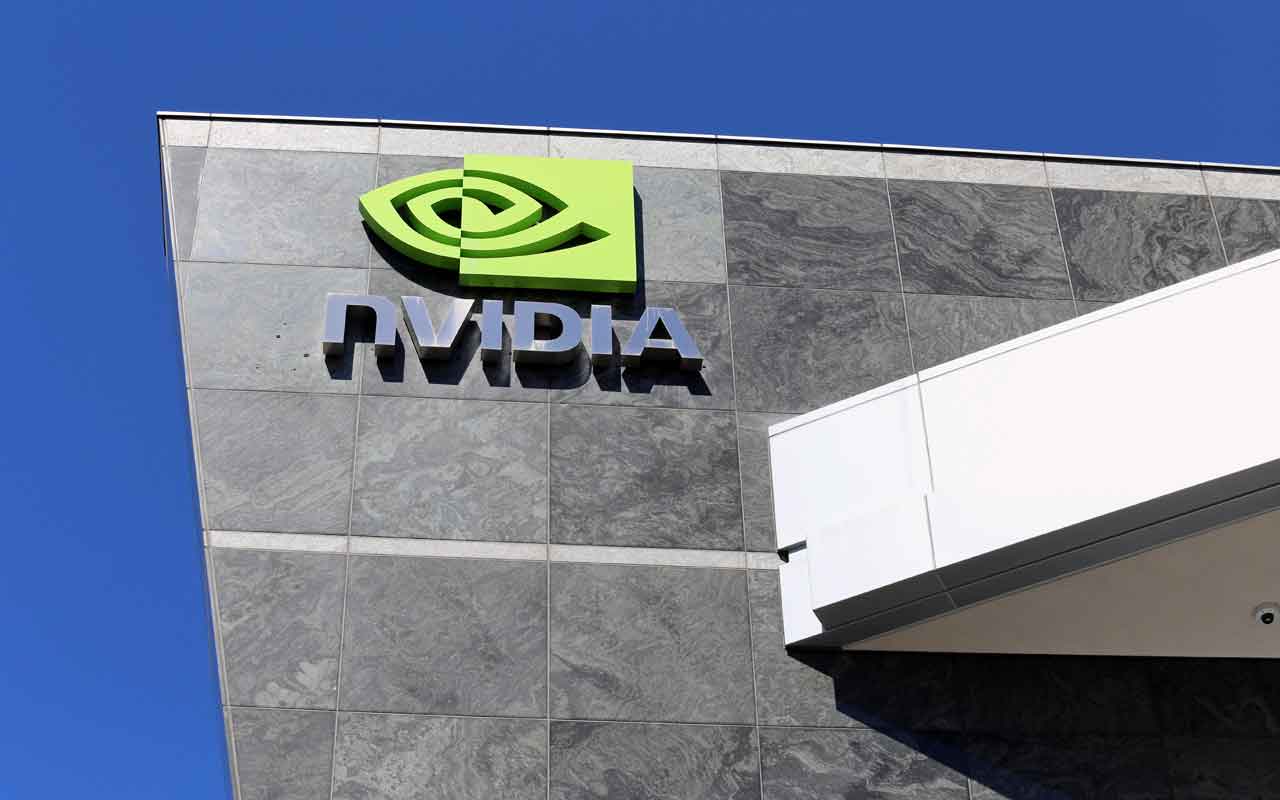
Nvidia
- Market value: $88.4 billion
Chipmaker Nvidia (NVDA, $145.15) is one of the great “story stocks” of the past few years. Nvidia is particularly well-known for its graphics processing units (GPUs), which are popular with gamers. But it just so happened that the chips were particularly useful for another task: mining of Bitcoin and other cryptocurrencies.
Nvidia’s chips were in high demand from cryptocurrency miners, as the chips were adept at handling the computational problems that support the blockchain. Unfortunately, once the crypto bubble burst, so did Nvidia’s stock price. Shares today are worth about half of their 2018 high.
Even after a plunge like that, shares are priced at 27 times trailing earnings and 20 times next year’s expected earnings. That’s not a nosebleed valuation by the standards of Nvidia’s history, but it’s definitely on the pricey side.
Will cryptocurrency mining make a comeback? Maybe, maybe not. Only time will tell. But even in the absence of crypto demand, Nvidia is the premier GPU maker, and its products also are used in numerous emerging technologies such as artificial intelligence and driverless automobiles. That is unlikely to change any time soon.
You could buy NVDA at today’s prices and probably end up getting respectable returns over the next few years. But $110 to $120 would be a much better entry point and would take what’s left of the speculative froth out of this stock.

Johnson & Johnson
- Market value: $368.7 billion
- Johnson & Johnson (JNJ, $138.85) is the definition of a blue-chip stock. It’s been in business since 1886 — longer than 12 of the 50 states have been in the Union. Along with Microsoft, it is one of only two companies with a AAA credit rating. And, most attractively for long-term shareholders, the company also has raised its dividend for 57 consecutive years and shows no sign of breaking that streak any time soon.
No one knows exactly what the future may hold, but if we were to make a list of companies most likely to be around a century from now, J&J would rank highly on that list.
Johnson & Johnson is the world’s largest health-products company in the world. Its brands include Listerine, Aveeno and Neutrogena, among others, and JNJ also is the maker of Tylenol, Benadryl, Zyrtec and even the humble Band-Aid. It also boasts vast pharmaceutical and medical-device businesses.
There’s really no debating Johnson & Johnson’s quality as a company. But it’s fair to debate its price. JNJ trades at 4.6 times sales, which is the kind of valuation you would see on a high-growth tech stock.
There’s no reason to believe Johnson & Johnson will outperform the broader market at this starting valuation. But were we to see a nice 10% to 20% dip, JNJ would qualify under stocks to buy and hold for the remainder of your life — and probably the lives of your heirs.
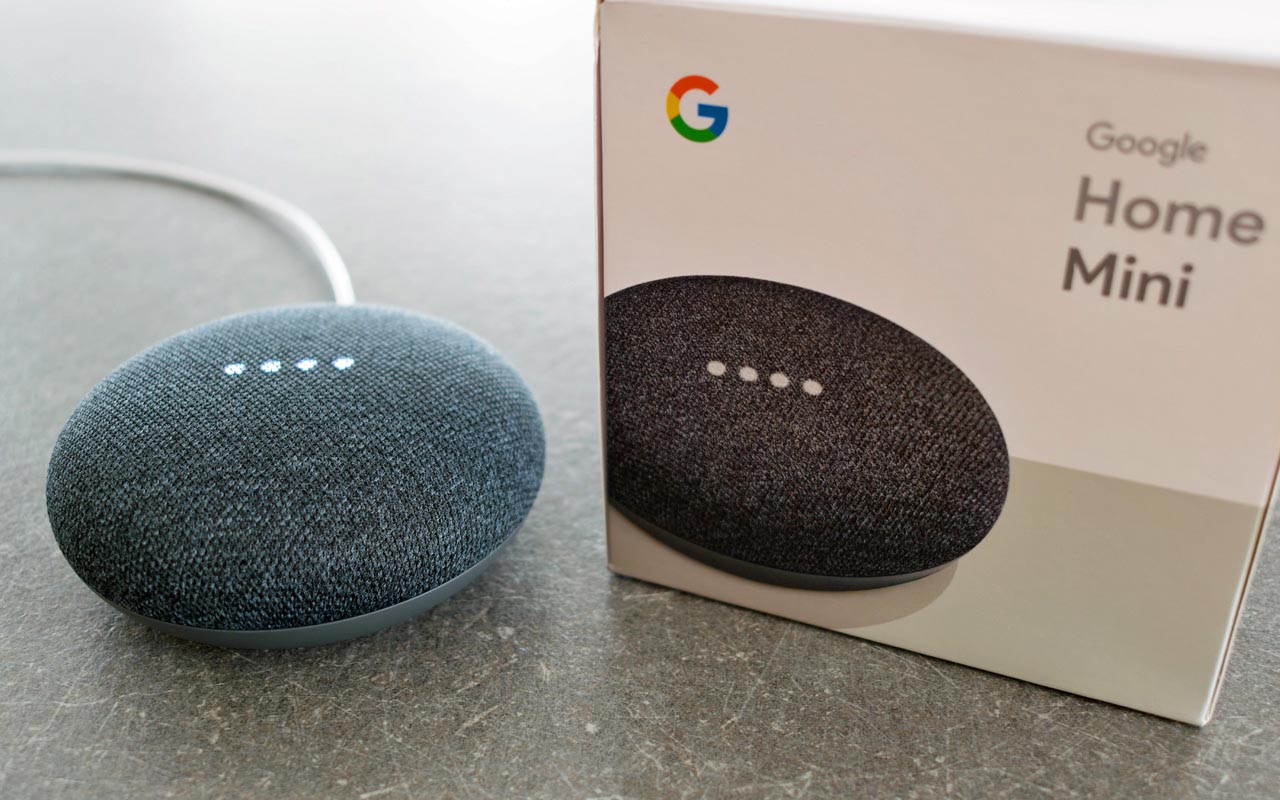
Alphabet
- Market value: $790.5 billion
It’s hard to imagine a world without Google. Yet the search engine, controlled by parent Alphabet (GOOGL, $1,138.61) is only a little more than 20 years old. Started by Larry Page and Sergey Brin as doctorate students at Stanford, the company has grown to become the most dominant information and media firm in the world. Its Class A (GOOGL) and Class C (GOOG) shares combined make Alphabet the fourth largest company in the world by market cap after Microsoft, Amazon and Apple.
Alphabet has had mixed results monetizing its non-search-related businesses. But that’s OK. You could make a convincing that the ultimate purpose of virtually all of Alphabet’s businesses — everything from Gmail to the Android operating system — is to improve the quality of the search engine and drive more traffic to it.
Alphabet is a financial powerhouse. Its net cash and marketable securities (cash and marketable securities minus debt) is equal to roughly 13% of its market cap, and its net profit margins are consistently over 20%.
The company also has managed to stay relevant in a fast-changing marketplace. It survived the rise of social media and the transition away from desktop computing to mobile computing with barely a snag. And almost unbelievable, its Google division accounts for nearly 40% of all U.S. digital ad spending.
If Alphabet has any real risks, it would simply be that of increased government oversight. But so far, there is no indication of a major move that would truly curtail Alphabet’s profit model.
Alphabet should trade at a premium to the broader market given its fat margins, lean balance sheet and total dominance of its industry; a value of 29 times trailing earnings, and 5.6 times sales, still is rich. But were Alphabet to dip even a modest 10%, investors could feel more confident about not overpaying.
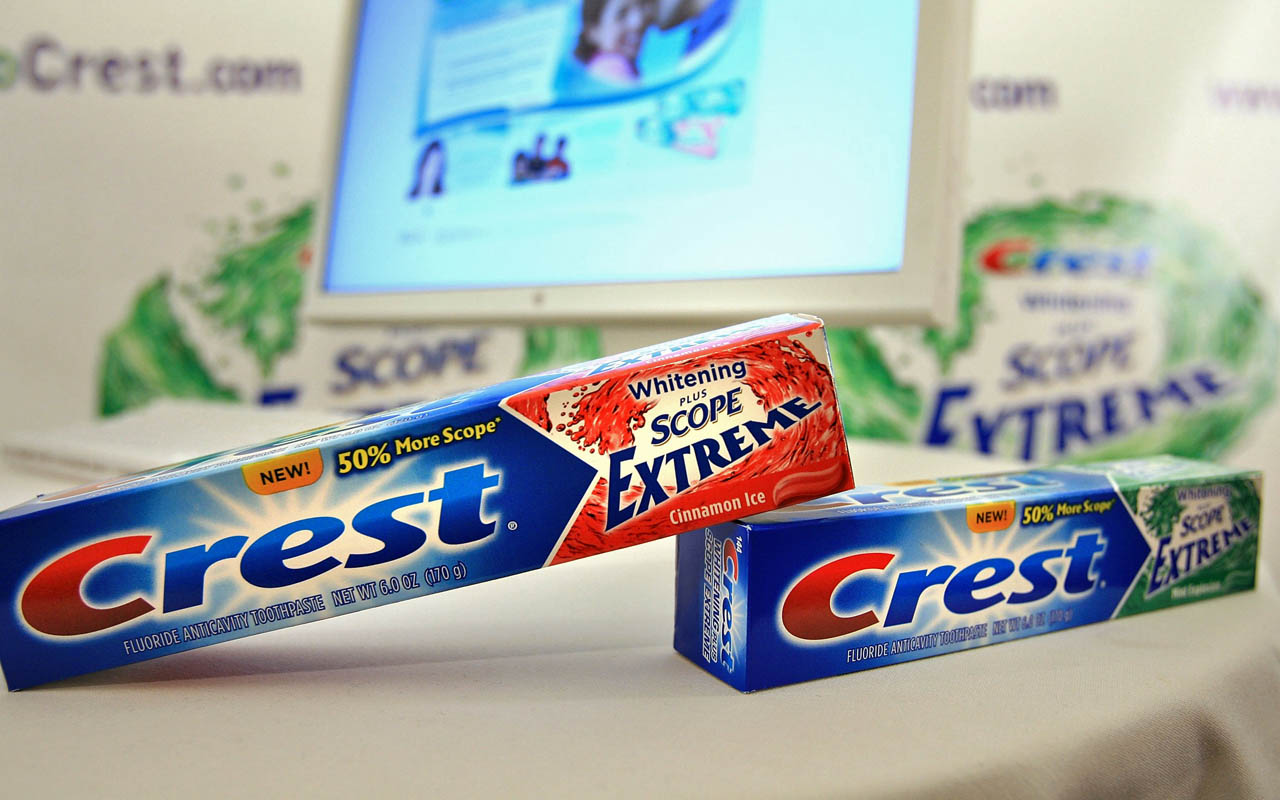
Procter & Gamble
- Market value: $267.6 billion
- Procter & Gamble (PG, $106.69) is the world’s leading consumer products company. It’s a premier maker and brander of baby diapers, laundry detergent, razor blades, toothpaste and a lot more.
It also has taken its share of licks over the past decade.
To start, the 2008 meltdown and its aftermath created a wave of cost-cutting that rivals anything seen since the Great Depression. This encouraged a lot of consumers, particularly younger ones, to switch to cheaper store brands for many of their basic products.
Compounding this is a change in the traditional marketing landscape. Millennial consumers are less likely to be influenced by traditional advertising, in part because they largely abandoned cable TV. They’re far more likely to respond to online product reviews.
This created a tough environment for P&G, but the company has adapted. Revenues and net margins trended lower between 2009 and 2016 but have since found a bottom and trended higher. The company has changed with the times, which is what you expect best-in-class blue-chip stocks to do.
As with Johnson & Johnson, it’s easy to believe that Procter & Gamble will be alive and kicking 100 years from now. But it’s questionable whether it makes sense to pay 25 times earnings (and 22 times earnings estimates) for a mature business like this. So rather than buy PG stock now and chase it higher, wait for a pullback.
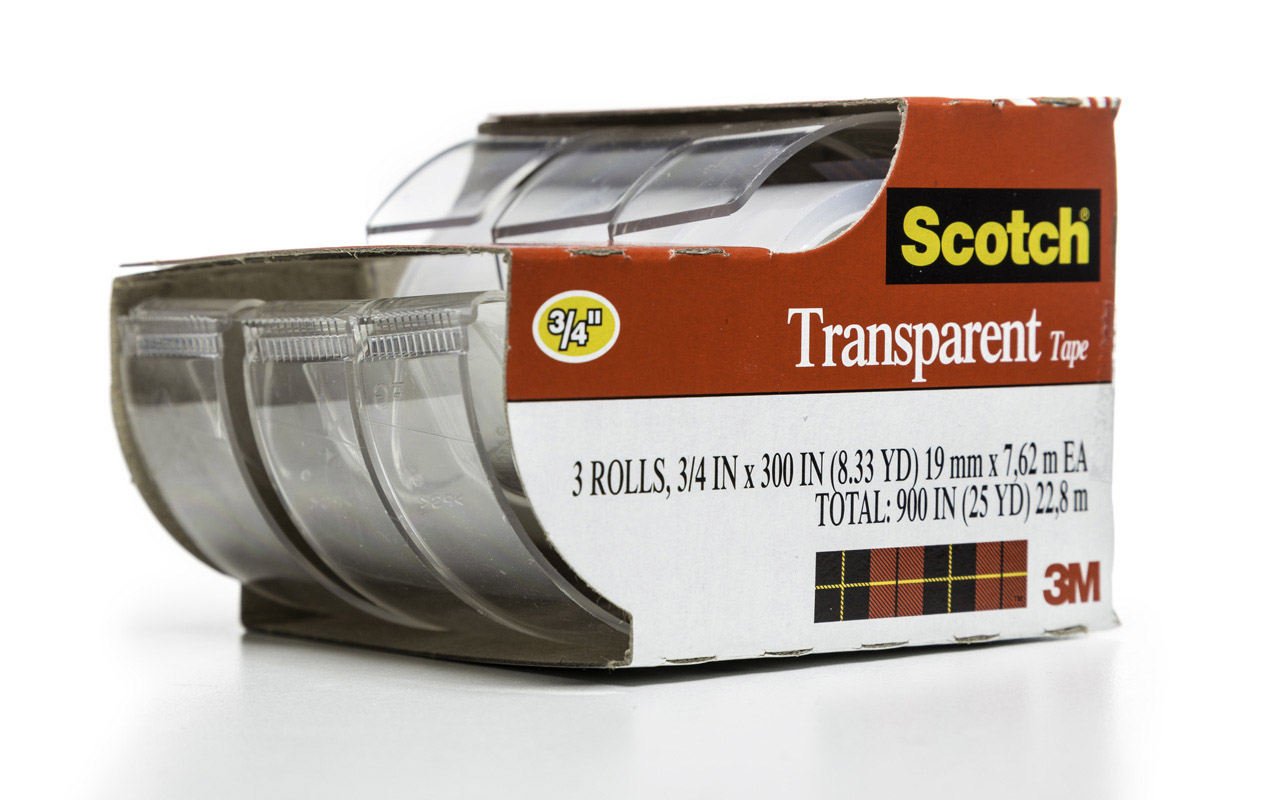
3M
- Market value: $95.7 billion
- 3M (MMM, $166.09) is one of the world’s premier industrial and manufacturing companies. You likely have scores of its products in your home or office. Scotch-Brite scrubbing and cleaning supplies, Ace bandages, Scotch tape and Post-it Notes are some of the companies more recognizable brands.
But that’s not all the company does. It also builds industrial-strength products for everything from the automotive to mining sectors.
Thus far, we’ve compiled a list of stocks to buy once they drop in price. But 3M is a bit different. It’s arguably already cheap enough, trading at 17 times trailing earnings and 16 times estimates, and yielding a respectable 3.5% in dividends.
Here, you’ll want to exercise patience on 3M to avoid catching that proverbial falling knife. The shares have been in freefall since late April, losing about a quarter of their value.
In the stock market, objects in motion tend to stay in motion. This is the essence of momentum investing. You generally don’t want to fight the trend. So, don’t buy MMM stock today, but keep an eye on it. If it can avoid hitting new lows for a couple weeks, it could be a sign that the selling has finally exhausted itself and that the stock is ready to enjoy a run higher.
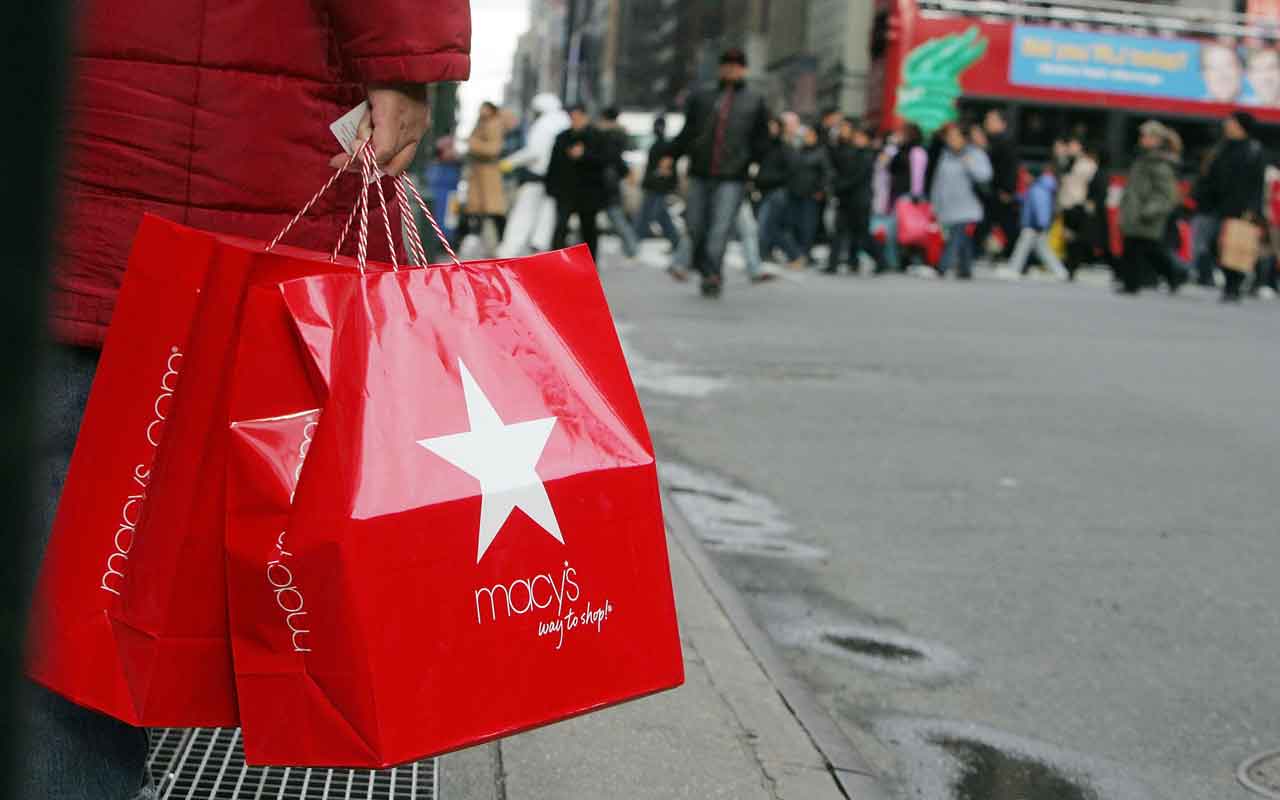
Macy’s
- Market value: $6.5 billion
Another “falling knife” worth considering is department store giant Macy’s (M, $21.01). Macy’s in so many ways was the poster child for a retail economy getting ravaged by Amazon and other online retailers. Macy’s is a mall-based store chain at a time when malls are out of fashion and suffering.
That narrative may be true, but it ignores the fact that Macy’s has a long history of adapting to changing consumer tastes. Macy’s followed consumers off of urban Main Streets and into suburban malls.
And while it took the company a long time to adapt to the realities of internet commerce, Macy’s seems to be finally getting it right. Its adoption of its Buy Online Ship to Store (BOSS) and Vendor Direct programs offer the convenience of online purchasing but also get the customers to come into the store, where they might pick up other items too.
Jeff Middleswart, editor of Behind the Numbers, recently had some positive comments about Macy’s restructuring efforts:
“We like Macy’s because the company has very clear plans on what it is doing and can specify them. Clients know how much we rip companies who continually throw out restructuring plans without showing much in the way of sales or margin gains ...
In the case of Macy’s, they have been remaking the company through a series of large steps including asset sales, remodeling stores, boosting technology, better training of staff, retaining best staff ...”
It’s also worth noting that Macy’s pays an attractive dividend of more than 7%, which is in large part because of its heavy stock losses over the past couple years. If shares can simply buck their falling trend for a month or two, that might give investors time to realize the value proposition.
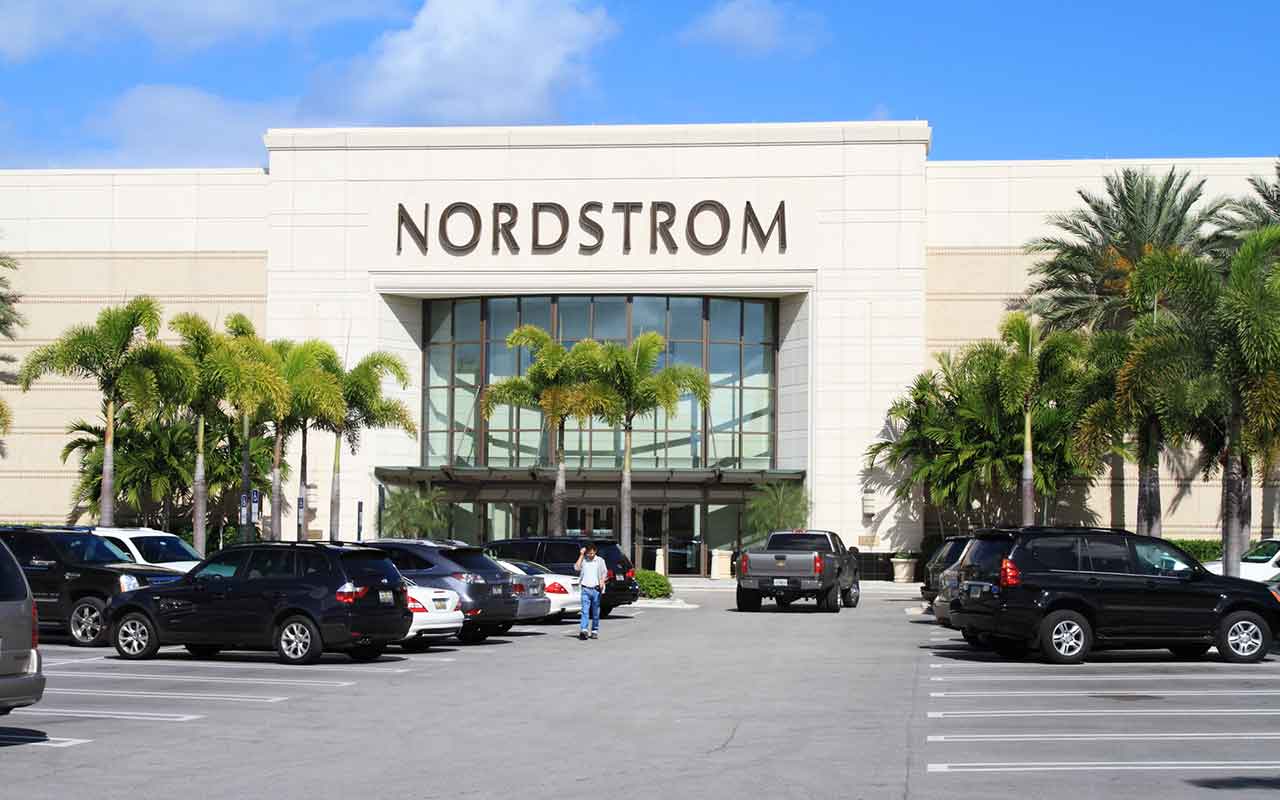
Nordstrom
- Market value: $5.2 billion
Finally, on the same theme, you can consider fellow department store giant Nordstrom (JWN, $33.50).
Higher-end retailers such as Nordstrom have fared better in the age of Amazon than mid-tier retailers such as Macy’s. But they’ve still taken a beating. In 2015, Nordstrom traded hands at more than $80 per share. Today, the shares fetch less than half that.
Amazon really is taking over the world. That’s why it’s included as the first company on this list. But there are limits of what Amazon can realistically do in higher-end clothing and apparel. If you want personalized attention from staff, on-site tailoring and a pleasant shopping “experience,” it still makes sense to go to the mall. Nordstrom fills that niche.
The company isn’t a dinosaur either. About 30% of its sales now come from online purchases. This may surprise you, but Nordstrom is a top-10 internet retailer, according to Barron’s.
JWN shares have been in freefall for this entire calendar year, so you probably don’t want to run out and load up your portfolio with them today. But put Nordstrom on your list of stocks to buy ... then just be patient and wait for shares to at least trade sideways for a month or two before you consider buying. You’d be getting one of America’s premier retailers at a bargain-basement price.
Get Kiplinger Today newsletter — free
Profit and prosper with the best of Kiplinger's advice on investing, taxes, retirement, personal finance and much more. Delivered daily. Enter your email in the box and click Sign Me Up.

Charles Lewis Sizemore, CFA is the Chief Investment Officer of Sizemore Capital Management LLC, a registered investment advisor based in Dallas, Texas, where he specializes in dividend-focused portfolios and in building alternative allocations with minimal correlation to the stock market.
-
 How to Get Apple TV Plus for just $2.99
How to Get Apple TV Plus for just $2.99For a limited time, you can get three months of Apple TV Plus for just $2.99 per month. Here’s how to get the deal.
By Rachael Green Published
-
 Stock Market Today: Stocks Surge to Close a Volatile Week
Stock Market Today: Stocks Surge to Close a Volatile WeekIt was another day with a week's worth of both news and price action, but it ended on a strongly positive note.
By David Dittman Published
-
 Stock Market Today: Stocks Surge to Close a Volatile Week
Stock Market Today: Stocks Surge to Close a Volatile WeekIt was another day with a week's worth of both news and price action, but it ended on a strongly positive note.
By David Dittman Published
-
 Stock Market Today: Uncertainty Proliferates: Dow Loses 1,014 Points
Stock Market Today: Uncertainty Proliferates: Dow Loses 1,014 PointsWeaker-than-expected consumer inflation data wasn't enough to stabilize sentiment during another volatile day for financial markets.
By David Dittman Published
-
 Stock Market Today: Tariff Pause Triggers 3,000-Point Dow Rally
Stock Market Today: Tariff Pause Triggers 3,000-Point Dow RallyThe bond market is sending concerning signals as the Trump administration executes its rapid reordering of global trade relationships.
By David Dittman Published
-
 Stock Market Today: Tariff Talks Drive Another Up-and-Down Day
Stock Market Today: Tariff Talks Drive Another Up-and-Down DayTrade war negotiations are happening, but the "fear gauge" is gyrating, and investors, traders and speculators are still searching for signs of a bottom.
By David Dittman Published
-
 Stock Market Today: Trump Pushes Dow Into 2,600-Point Swing
Stock Market Today: Trump Pushes Dow Into 2,600-Point SwingTariffs and trade war weigh on prices across global financial markets, with little light at the end of the tunnel.
By David Dittman Published
-
 Stock Market Today: Dow Drops Another 2,231 Points to Hit a Correction
Stock Market Today: Dow Drops Another 2,231 Points to Hit a CorrectionThe Nasdaq Composite, meanwhile, entered a new bear market with its latest slide.
By Karee Venema Published
-
 Stock Market Today: Dow Dives 1,679 Points on Trump Tariff Shock
Stock Market Today: Dow Dives 1,679 Points on Trump Tariff ShockU.S. stocks lost roughly $3.1 trillion in market cap on Thursday – the biggest one-day decline since the start of the COVID-19 pandemic in March 2020.
By Karee Venema Published
-
 The Stock Market Is Selling Off. Here's What Investors Should Do
The Stock Market Is Selling Off. Here's What Investors Should DoInvestors started fleeing the equities market en masse in response to the Trump administration's "jaw-dropping" tariffs. But the experts say don't panic.
By Karee Venema Last updated
